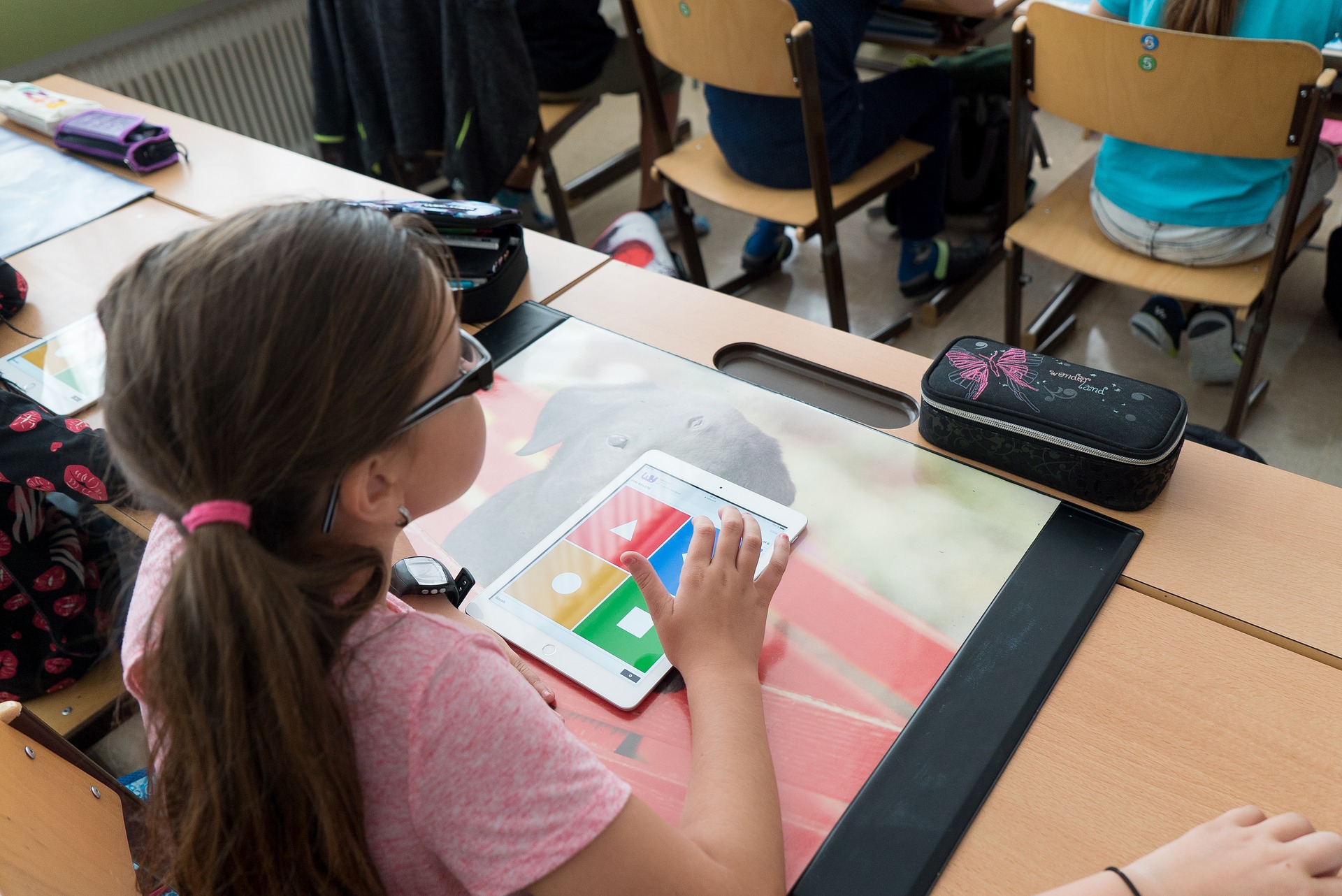TIRANA, July 30
Albania plans to make media education part of school curricula, the United Nations Educational, Scientific and Cultural Organization (UNESCO) confirmed this week. The initiative comes within the framework of the EU-funded project Building Trust in Media in South East Europe and Turkey – Phase 2.
UNESCO agreed with Albanian Authorities to pilot Media and Information Literacy (MIL) in the formal educational system that includes primary and secondary schools.
The project aims to strengthen freedom of expression while empowering youth to think critically in a region considered vulnerable to the spread of disinformation. Meanwhile, the main goal of the project is to build trust in media in the region, engaging more actively media and citizens of the region against the disinformation disorder.
The first consultations with the Ministry of Education and the Agency for Quality Assurance in Pre-University Education (ASCAP) were held in June. According to UNESCO, the drafting of the pilot MIL curricula for primary and secondary schools in Albania is well underway.
The project is being implemented in Albania, Bosnia and Herzegovina, Montenegro, North Macedonia, Serbia, and Turkey.
Media disinformation has been a hot potato in the country as the Albanian government passed a controversial anti-defamation media law last December, saying that it would help against fake news, but the Venice Commission opinion considers that the draft amendments are not ready for adoption in their current form. The law suffers from vagueness and would likely to have a “chilling effect” suppressing free discussion and political speech in the Albanian sector of the internet.
What is Media Information Literacy?
A school-age pupil who has internet access can easily find out what is happening in the city, country, or around the world as soon as he/she wakes up. At the same time, school as a place of socialization is losing ground to social media. The coronavirus pandemic showed that educational systems must recognize the fact that knowledge is spread and circulated in new ways.
Therefore, the way how children and teenagers experience cultural realities, social interaction, and simultaneous perceptions must be part of their education.
Access to media no longer means to be a passive user that just needs to be informed about something. Users need the skills to be creative users of the media. Moreover, media users need to be critically conscious of the media’s impact on their lives. Hence they become wise receivers of media messages that demand quality media content as wells as being able to create their media.
“MIL is a new literacy construct that helps empower people, communities, and nations to participate in and contribute to global knowledge societies” (UNESCO, 2013).”
Worldwide there is a need for including media education in schools. The coronavirus pandemic confirmed how fast misinformation can spread, hence MIL skills are needed not only to navigate through huge amounts of misinformation, but also to interpret, critically understand, and express one’s creativity through digital media.

Reasons why MIL should be part of school curricula
Roxana Morduchowicz, a permanent consultant for UNESCO to develop media and information literacy programs explains why it’s important to make the MIL part of school curricula.
There is a great flood of information that children receive outside school, much of it from the media. Schools should be where all this information flows together, albeit often contradictory and confusing at times for students.
• The media and technologies grant access to contexts and realities that we would otherwise miss. The media, and more recently the Internet, propose new concepts of time and space, which schools must teach kids to understand.
• The media and technologies construct a picture of the world based on which each of us builds our own. Schools need to teach students to critically analyze the way media represent reality, so students are better prepared to build their images, representations, and opinions.
• For many children and young people, pop culture gives them meaning to construct their identity. They learn to talk about themselves concerning others. If school is to get closer to them, to narrow the gap between school and youth culture, it must integrate pop culture, which wields such weight in constructing their identity.
• In Latin American societies, access to the media and technologies is quite uneven and the digital divide is very deep. Schools can (and must) achieve a better distribution of information and knowledge, above all, among those with the least access to them.
• Information for information’s sake is not enough. Only schools can turn information into knowledge. Teaching to read, interpret, analyze, evaluate messages broadcast by the media is a task that, for many students, only the educational system can handle.
• We live in a multicultural society because we live alongside various languages and cultures. Young people must learn to read a hard-copy text (books, newspapers, magazines) but also make use of the multiple languages circulating socially: visual, audiovisual, and hypertext language.
• Media education, finally, reinforces students’ social and civic education and participation.
Source/Photo Credit: UNESCO

Leave a Reply
You must be logged in to post a comment.